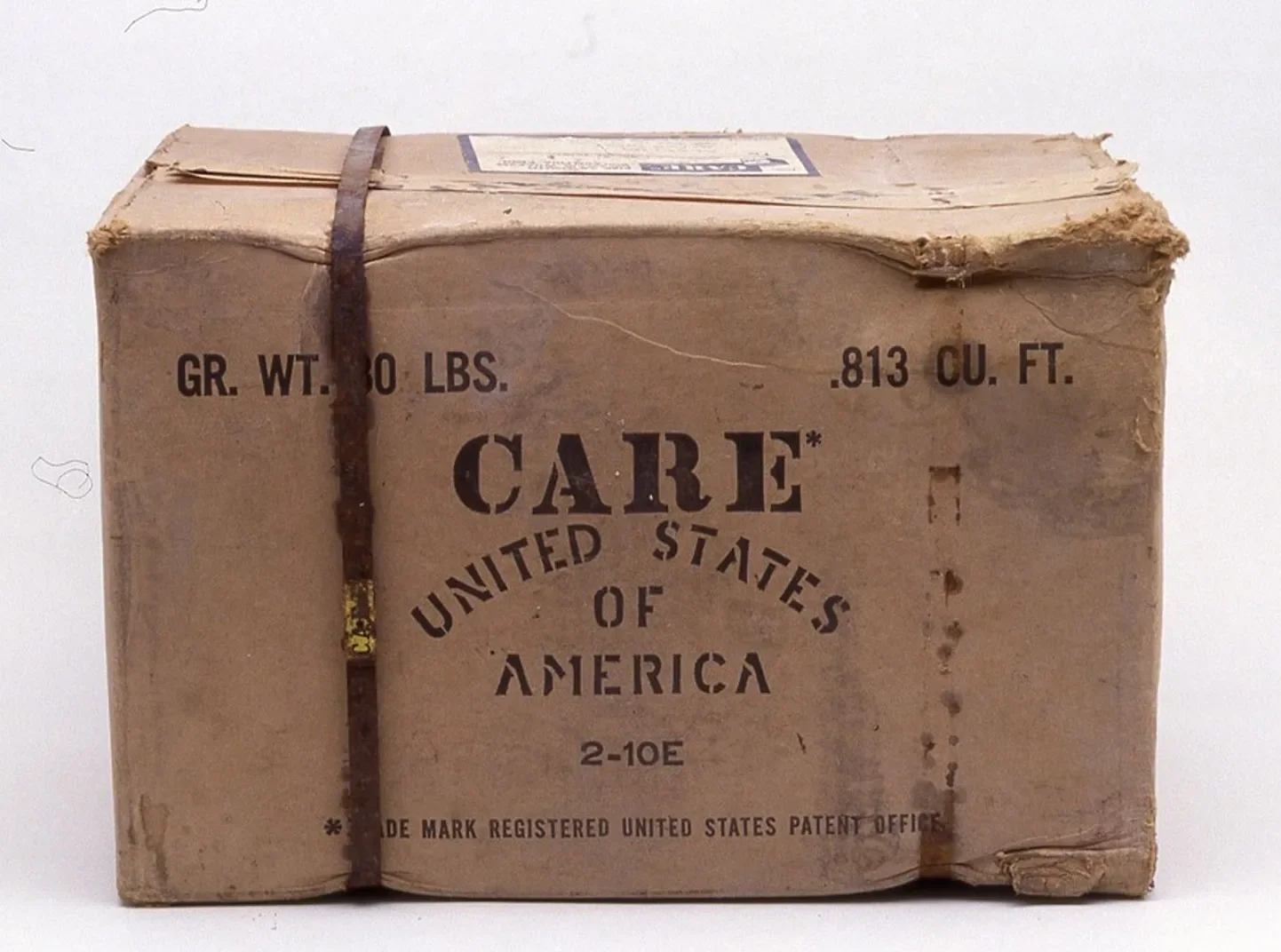About this Handbook
CARE International developed an integrated framework to address the underlying causes of poverty and achieve poverty eradication and social justice. This framework helped in a large measure to clarify the concept and approach to it. However, this framework could not make recommendations to be followed systematically as to the appropriate methods and processes. However, efforts were made to experiment, develop and adjust the new methods and processes and systems of analysis on the basis of experiences gained at the field level. These methods and processes are not the ones which are newly discovered but are the revised versions of experiences, methods and processes. It is experimented in the countries including Nepal, Bangladesh and Pakistan and has shown positive results in comparison to other methods applied in the past.
All involved in the field of development had realized the need for a handbook describing the participatory approach or methods, processes and simple ways of analysis in order to address poverty and its underlying causes. Several discussions, often the high sounding ones, have been held at highest level on theories of and approaches to poverty alleviation. However, attempts have been hardly made by so-called development practitioners to define poverty taking into consideration ground realties and apply the participatory approaches to it while working with farmers, workers, women and the marginalized sections of the society. The lack of practical tools has, often, led to confusion for all involved in development field. The lack of practical methods and tools made many enthusiastic people disappointed. Publication of this Handbook is an attempt to provide a practical tool for participatory approaches or methods, processes and analyses in order to assist the development workers.
The methods and processes described in this Handbook are not new. Experiences gained and lessons learnt while working by applying the participatory approaches are reflected in this Handbook. It is based on the processes being applied by Care Nepal in order to carry out development activities. It is believed that this Handbook will be useful for other organizations and individuals involved in poverty alleviation programs as well.
Why this Handbook?
It is a well-known fact that poverty, its underlying causes, its reduction, human rights, Millenniums Development Goals (MDGs), unequal power relationships and social transformation are very much talked about. However, practical tools and methods to translate these theories into practices have never received a priority they deserve. It has resulted in a widening gap between the theoretical approaches and practical tools for all who are interested in this field.
Keeping in mind the lack of resource materials, this Handbook is developed in order to assist the development practitioners to apply theories into practice and provide them with appropriate tools. This will encourage those people who are committed to development activities with missionary zeal and enthusiasm.
Who can use this Handbook?
Facilitators: They are the ones whose primary job is to discuss with people in the communities, interact with them and facilitate the process of dialogue with them on regular basis and take a lead in participatory processes for poverty alleviation. This Handbook is primarily written keeping in view the needs of the Facilitators and they are considered to be the primary users.
Trainees and Participants: Several training courses are organized by a number of organizations on participatory approaches and methods in order to find the underlying causes of poverty, its analysis, formulate appropriate strategies and program and enhance knowledge and skills. This handbook is expected to be equally useful to the resource persons who are responsible for conducting participatory training courses and the participants as well.
Other interested individuals: This Handbook will be useful to any persons who are interested in participatory approaches to poverty eradication, social development and transformation.
